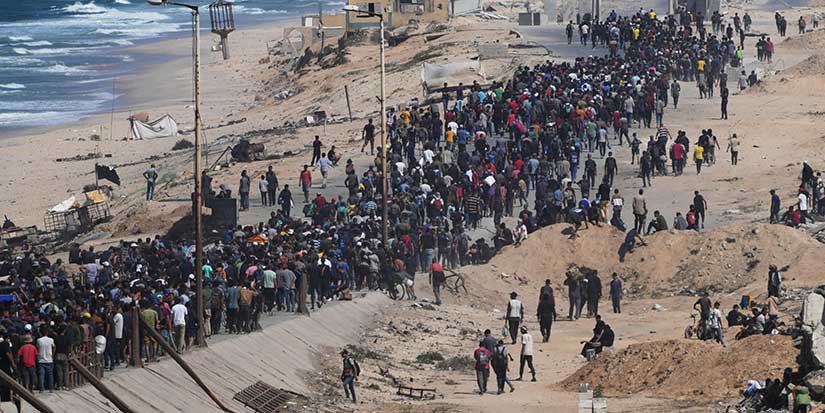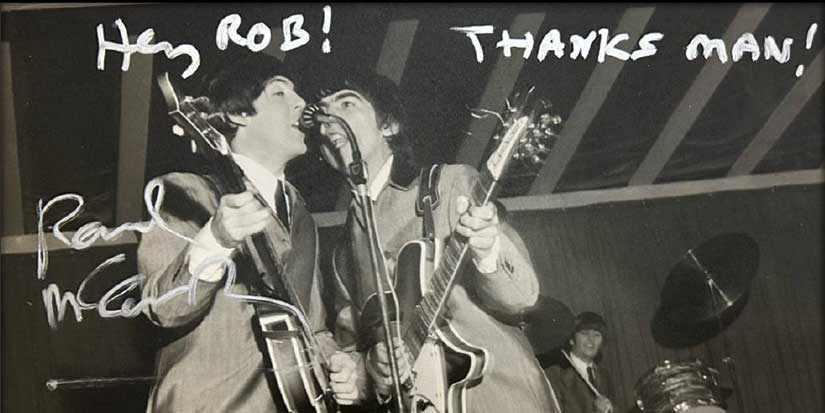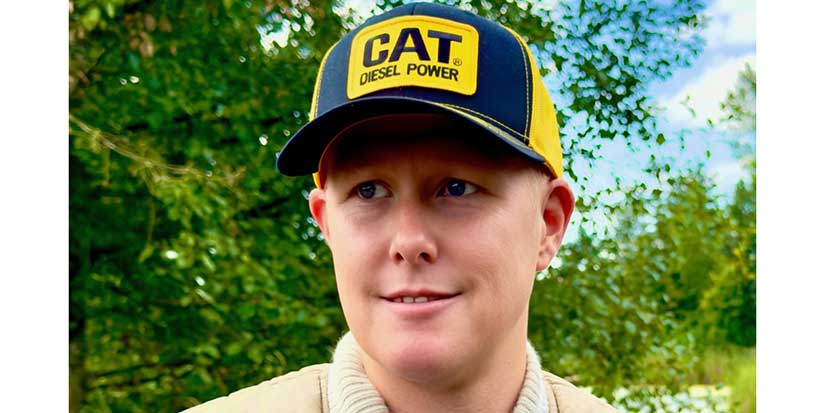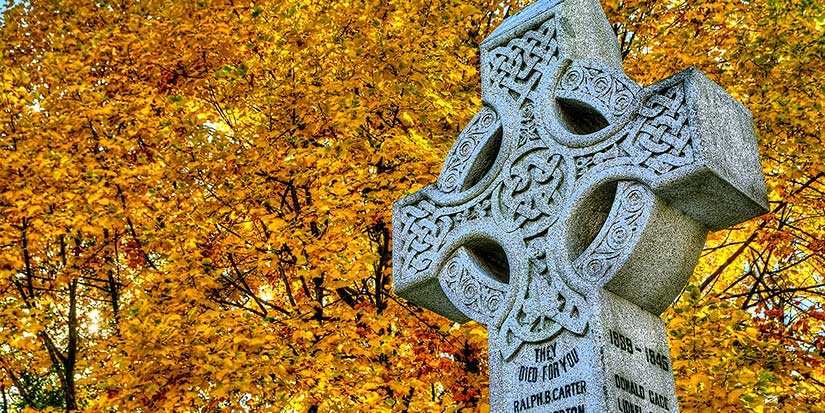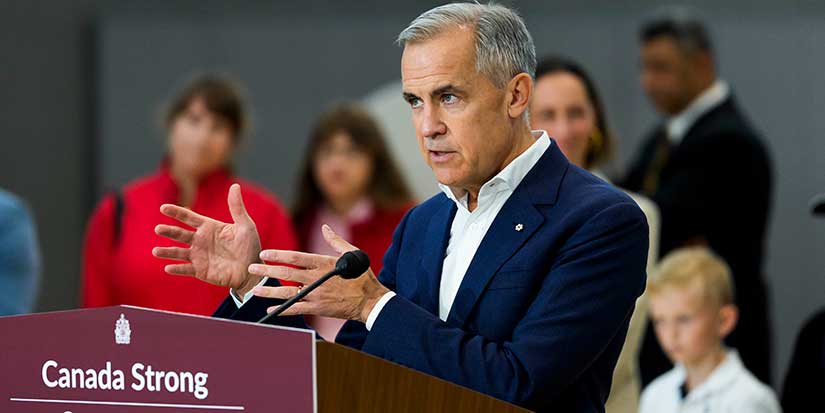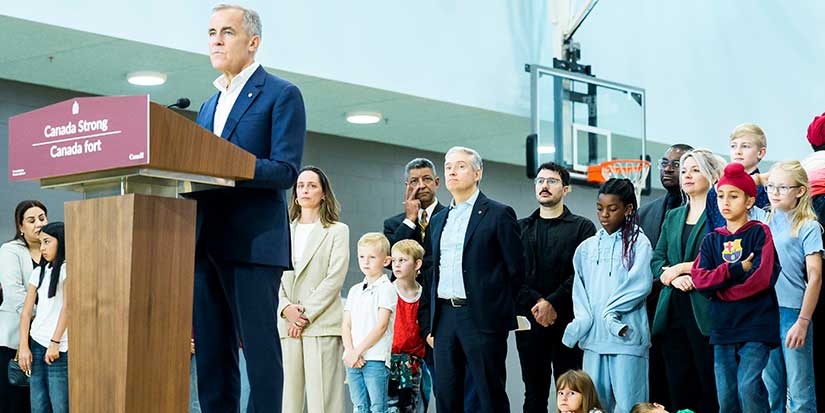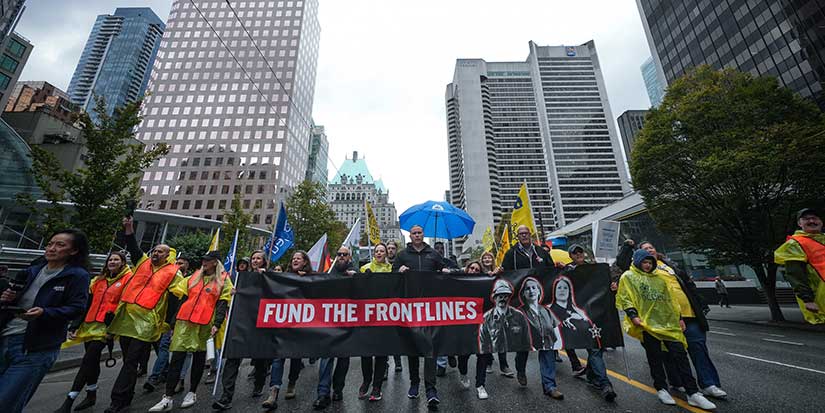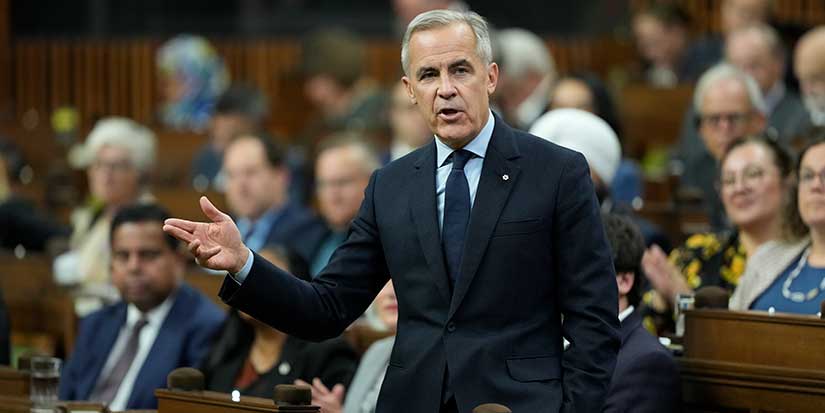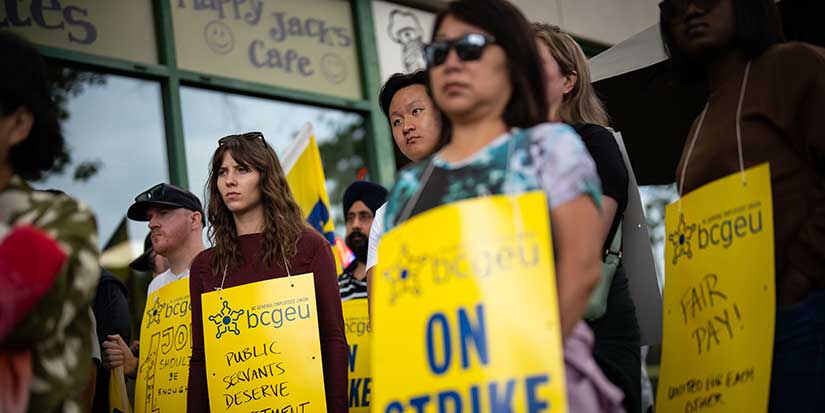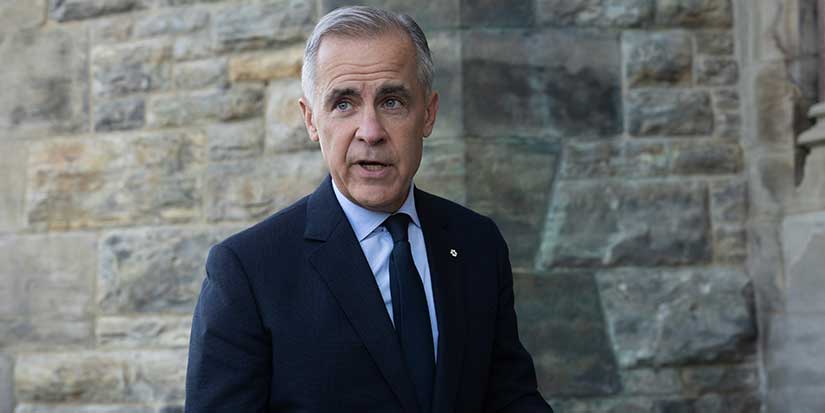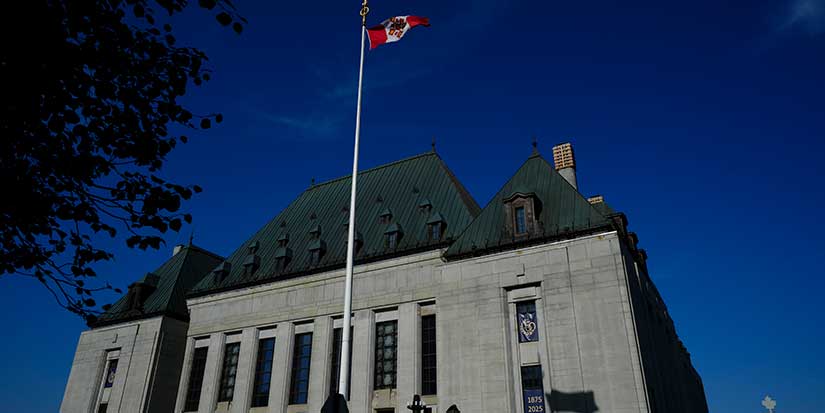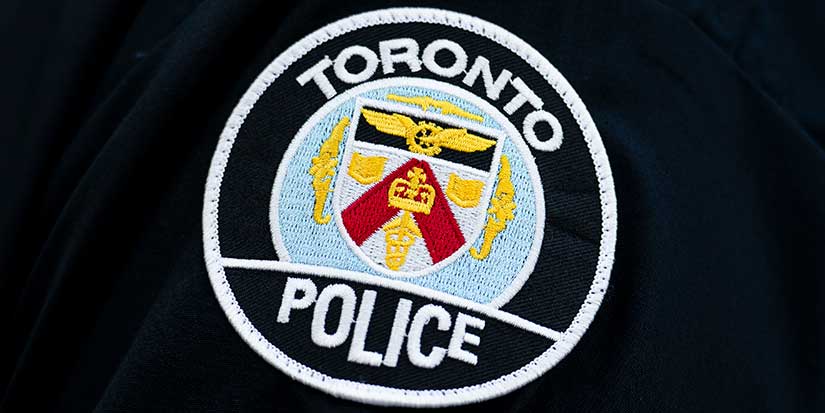International
Many unresolved questions remain as a ceasefire begins in Gaza
Published 12:35 PDT, Fri October 10, 2025
—
CAIRO (AP) — Bombardment stopped and Israeli troops pulled back in Gaza on Friday under a ceasefire between Israel and Hamas. But will the agreement lead, as U.S. President Donald Trump proclaimed, to “a Strong, Durable, and Everlasting Peace”?
It took pressure on Israel and Hamas from the United States, Arab countries and Turkey, each saying it was time to end a two-year war that has devastated the Gaza Strip, killed tens of thousands of Palestinians, sparked other conflicts around the region and increasingly isolated Israel.
That push sealed an agreement on a first phase that is to free the remaining living Israeli hostages within days in exchange for the release of hundreds of Palestinians imprisoned by Israel.
But it left unanswered a long list of questions over what happens next.
The war began when Hamas-led militants stormed into Israel on Oct. 7, 2023, killing some 1,200 people and taking 251 hostage.
Israel wants to ensure that Hamas disarms. Hamas wants to ensure Israel pulls its troops completely out of Gaza and is not allowed to restart the war. At the same time, a postwar government for Gaza must be worked out to replace Hamas’ rule. Without that, reconstruction is unlikely, leaving Gaza’s more than 2 million people in continued misery.
With no trust between the sides, much relies on continued pressure from the U.S., Egypt, Qatar and Turkey. Any hitch in working out those intertwined issues could unravel everything and potentially lead to Israel resuming its campaign to destroy Hamas.
Here is what we know about the deal.
The first steps begin
The ceasefire took effect at noon Friday. The Israeli military said it had pulled back its troops to lines inside Gaza agreed on for the first day, withdrawing from much of Gaza City, the southern city of Khan Younis and other areas. Troops remain in most of the southern city of Rafah, towns of Gaza's far north and the wide strip along Gaza's border with Israel.
The military said Palestinians displaced to the south would be able to move back to their homes in the north. Thousands were filling roads heading north.
Israel has given the United Nations the green light by Israel to begin delivering scaled-up aid into Gaza starting Sunday, a U.N. official said. The official spoke on the condition of anonymity to discuss details not yet made public.
By Monday, Hamas is to begin releasing the remaining 48 hostages, around 20 of them believed to be alive. Israel will release around 2,000 Palestinians, including several hundred serving prison sentences and others seized from Gaza during the war.
Negotiations for the next phases would then begin.
Troop withdrawal
Hamas had long insisted it would not release its last hostages unless Israeli troops leave Gaza completely. After agreeing to free them first, Hamas says it is relying on guarantees from Trump that the full withdrawal will happen.
How long it will take — weeks, months, years — is unknown.
An initial 20-point plan issued by Trump last week called for Israel to maintain a narrow buffer zone within Gaza along their shared border, and Israel has also spoken of keeping hold of the Philadelphi corridor, a strip of land on Gaza’s border with Egypt.
Israel is unlikely to relinquish those areas unless Hamas disarms and the void left in running Gaza is filled by a body that Israel deems palatable.
Trump's plan also called for an Arab-led international security force to move into Gaza, along with Palestinian police trained by Egypt and Jordan. It said Israeli forces would leave areas as those forces deploy.
It is not known whether that system will be followed or an alternative will be negotiated.
Disarmament
Hamas long refused to give up its weapons, saying it had a right to armed resistance until Israel’s occupation of Palestinian territories ends.
For Israel, disarmament is a key demand. Prime Minister Benjamin Netanyahu has repeatedly said its campaign will not end until Hamas’ military capabilities are dismantled, including the network of tunnels built around the territory.
There are signs, however, that Hamas could agree to a “decommissioning” of its offensive weapons, handing them over to a joint Palestinian-Egyptian committee, according to the Arab officials with direct knowledge of the negotiations who spoke on condition of anonymity.
Future government
Israel has said it wants Gaza purged of Hamas influence. But it has also rejected giving any role to the West Bank-based Palestinian Authority or any arrangement that could lead to the creation of a Palestinian state.
Hamas, which has ruled Gaza since 2007, has agreed to step down from governing the territory and hand over governance to a body of Palestinian technocrats.
What takes its place is uncertain.
Under Trump's plan, an international body will govern. The Council of Peace and Board of Peace have both been floated as names for the body.
It would hold most power while overseeing the administration of Palestinian technocrats running day-to-day affairs. It would also hold the commanding role of directing reconstruction in Gaza. Trump’s initial 20-point plan called for former British Prime Minister Tony Blair to lead the body.
Hamas has so far not agreed, saying Gaza’s government should be worked out among Palestinians.
The stakes
Israelis celebrated the agreement announced overnight after three days of talks in the Egyptian resort city of Sharm el-Sheikh. For much of the Israeli public, freeing the last of the hostages held for two years has been their top priority.
But Palestinians in Gaza were more uncertain. There was relief that the relentless bombardment and ground offensives may stop for a time and aid may flow in. But there was also skepticism and worry over how long any pause in fighting would last, whether hundreds of thousands will be able to return to their homes, and whether Gaza — its cities largely in ruins — will ever be rebuilt.
Many Palestinians fear Israel will take any breakdown in the talks as a chance to resume its assault. For months, Netanyahu and his hard-line allies have insisted they will keep long-term direct security control over Gaza and have spoken of pushing out its Palestinian population, ostensibly on a “voluntary” basis. In Gaza, many believe that remains Israel’s objective.
Pressure from the U.S. and its allies — if it continues after hostages are out — could prevent Israel from relaunching a full-fledged war.
But there is another, murkier scenario.
If Hamas and Israel cannot reach a final deal or negotiations drag on inconclusively, Gaza could slide into an unstable limbo, with Israeli troops still holding parts of it and Hamas still active. In that case, Israel would be unlikely to allow significant reconstruction, leaving Gaza’s population languishing in tent camps or shelters.
– Samy Magdy and Lee Keath, The Associated Press
